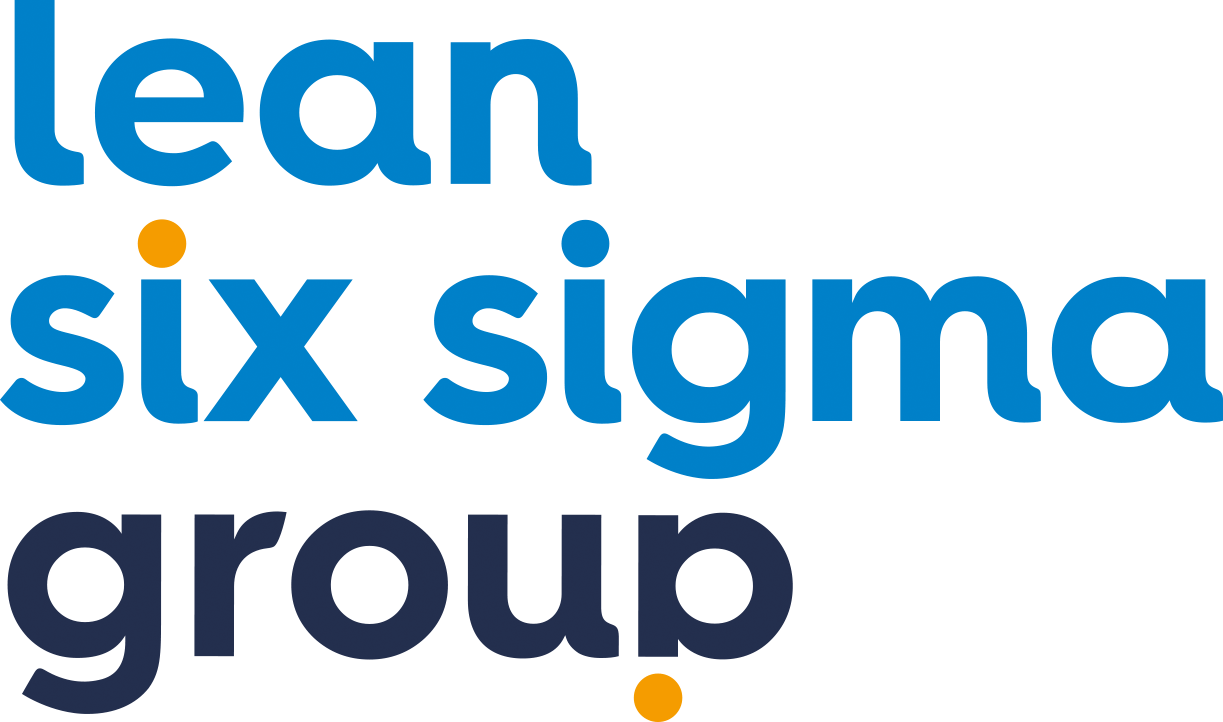It is hard to imagine your daily life without processes. Because they are everywhere. If you think about it, everything can be labeled as a so-called “process”. However, we do not think of them in our daily life as the processes we experience during work. But what exactly ís a process? How would they be defined? Do these processes serve as the foundation of Lean Six Sigma?
What is a process?
There is not just one definition to the term process, but there are many. For example, there are legal processes (jurisdiction), but other definitions that fit the term we are looking for better as well. This would include something more like a treatment or development of something.
When fixating on the processes we might experience at home or at work, it can be concluded the last two definitions are the most applicable. To create a more generalised definition, the following would arise: a set of carried out activities or actions that belong together where a product or service mutates and afterwards, an output is produced.
Unlike the fact that there is not one perfect definition of the term process, each process does have some characteristics. They are listed below.
- A process needs an input and an output
- This input comes from the supplier or internal or external customer.
- The output is delivered to the internal or external customer.
- A process exists of consecutive steps, which in their turn consist of activities and actions.
- People or resources are needed to fulfill the needs of the process.
To make sure there is as little confusion during a conversation about the same process as possible, there are a few things that should be considered:
1. The process perspective:
From which perspective are you actually looking at the process? Suppliers’ side? Or from a customer’s perspective? Or even a co-worker? Everybody experiences the same process in a different way.
2. Level
Process can be divided in different levels. When talking to someone it is important to specify which level is actually considered. And do not forget that each level has different inputs, outputs and process owners.
3. Insight
How well do we know the process? Probably every colleague working on the same process has a different way to describe what he or she is doing. But keep in mind it is important to keep conversing about these processes and namely the insight. The best way to do so is by visualising.
Gaining insight from the right perspective on the right level will able you to improve your own work or that of your organisation.
Which achievements can processes realize?
Process steps, activities and actions are the main focus areas within processes. These three components can be coupled up with a certain type of value.
1. Customer Value Added (CVA)
In order to give a definition, the following three questions must be asked:
- Does the activity add form or functionality to the product or service which is wished for by the customer?
- Does this activity contribute to a distinction? Think of competitive thinks like faster and cheaper etc.?
- Is the customer willing to wait or pay for this activity?
If you are able to answer all these three questions with “yes”, we are talking about CVA. If this is not the case, we will move on to the next type of value.
2. Business Value Added (BVA)
Business Value Added (BVA) concerns the following four questions:
- Does the activity reduce risk within your organization?
- Does the activity support necessary reports?
- Would delivering a product or service be disturbed when this activity would be cancelled.
- Is this activity legally obligated?
If the answer to these questions is “no”, we move on to the last type of value. However, if one of these questions can be answered with “yes”, this type of value is the one you need. Think of ways to minimize the time that is spent on this value.
3. Non Value Added (NVA)
In contradiction to the other type of values, about the non value added, which can be described simply as waste, there is not much to say. The only thing you want to do is eliminate all types of waste within your organization.






